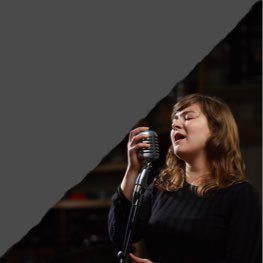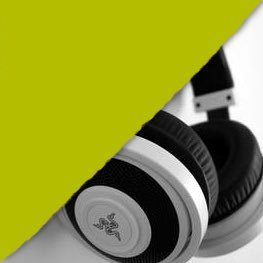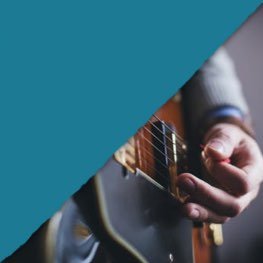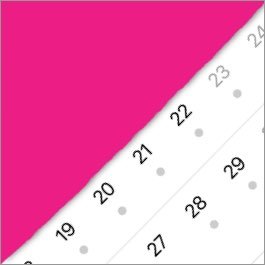IMPROVISING IN A REGGAE STYLE
By Paul Trippett – musician, teacher and musical director
Reggae originated in the Caribbean island of Jamaica in the late 1960s. There were many musical genres that influenced it, including rhythm and blues, jazz, calypso and mento. However, it evolved mainly from ska and rocksteady (popular dance styles in Jamaica in the early 60s).
In ska, the bass underpins the pulse with a walking line, accompanied with an offbeat comping pattern on piano or guitar. The horns have a fairly prominent role, with repeating figures (similar to rhythm and blues). Rocksteady shares the offbeat comping with ska, but is a significantly slower tempo, and has more stress on beats 2 and 4 (and less on 1 and 3). This more relaxed tempo led to more interaction between the players, different stresses in the comping and more rhythmically involved bass lines create a subtler groove.
With reggae, we can see the same stress on beats 2 and 4 and the same offbeat comping pattern. The tempo is similar to rocksteady, but the interaction between the different roles is more involved. The grooves are constructed of repeating cycles (often with variations), which may change in different sections of the song. Like many other groove based genres, when we look at the whole picture of what everyone is playing, we find rhythmic cycles of different lengths in the groove.
We can see this when looking at the song ‘Natural Mystic’ by Bob Marley & The Wailers.
This is the groove at the start of the song. The swing is really clear on the percussion and the hi-hat. The keys are comping offbeats, following a 1 beat rhythmic cycle, and the bass, drums and percussion are following a 2 beat cycle. This drum pattern with the kick and cross stick snare only on beats 2 and 4, and the closed hi-hat on beat 1 is called the ‘one drop’.
The swing in reggae is very important and unique to the style. The smallest divisions of the groove (semiquavers in the example above) are not evenly placed through the beat. The best way to get to grips with this is to tap semiquavers along with recordings, whilst keeping the pulse with your feet, and try to hook up with the groove that they are playing.
Instrumental solos are rare in reggae, but it’s worth noting that the guitar in this song plays some solo lines that answer the melody (from about 0.45). Call and response is a very important aspect of reggae.
Improvising in a reggae style
When we improvise in the style, we need to ask ourselves some questions for each song we play. What is your role in the groove? How does it fit together with the other elements? Are you hooking up with the swing? If you’re not sure to the answer of any of these questions, then check out some more recordings.
The role of the bass is fundamental to reggae. The high frequencies are removed with equalization, giving it the characteristically fat sound. The bass often plays a riff that repeats the same rhythm through a given section of the song, but may be altered to fit the changing harmony. The above example is a 2 beat cycle, but 4 beat cycles are also common. The riff will often emphasize beats 2 and 4.
There are different drum styles within the genre, but the cross-stick technique is normally employed on the snare through most of the groove, saving the open snare for the fills to mark the form. The snare is tuned very high and fills rarely end with cymbal crashes.
One of the most striking characteristics of reggae is the offbeat comping pattern, which could be played either by the guitar or keys. The non-comping player will often have a riff, which supports the bass line or answers other parts of the groove.
Example improvising videos
Watch videos with session musician and Rock & Pop examiner Tom Fleming, and session musician Sam Edgington for tips and ideas on how to improvise in a reggae style:
Influential artists
The success of Bob Marley & The Wailers in the late 60s and 70s brought wider international interest to reggae and Jamaican music. Socio-political and spiritual themes were often raised in reggae in the 70s, but songs about more personal experiences of love and socializing were also common. Peter Tosh was one of the original members of The Wailers and he went on to have a successful solo career in the late 70s and 80s.
In the 70s dub developed from reggae and became popular in Jamaica. Dub artists such as Lee “Scratch” Perry were record producers and they remixed earlier recordings, usually with the vocals removed and with more emphasis on the bass and heavy use of special effects. Reggae and ska had a huge influence on British punk in the 70s and there was a resurgence of ska in the UK, with bands like Madness. This ’second wave’ of ska tended to have faster tempos than the Jamaican ska of the 60s and a more aggressive sound, showing the influence of punk. Ska had a ’third wave’ of popularity in the late 80s and 90s in America. Dancehall emerged in the late 70s in Jamaica. The early songs were like a less busy style of reggae, but the vocals were often spoken or chanted to a monotone as well as sung (by the ’deejay’). Dancehall lyrics were often about dancing, violence and sexuality; rather than the political and spiritual themes common in reggae in the 70s. Like dub, dancehall has more emphasis on the lead vocalist than in reggae, where the singer is always with a band. Eek-a-Mouse was one of the most popular deejays of early dancehall.
In the 80s the use of electronic instruments increased in dancehall, reflective of their wider use in popular music. Ragga also emerged (with artists such as Chaka Demus & Pliers), using programmed drums and increasingly faster rhythms. These developments represent a significant stylistic shift from the reggae of the 60s.
In the 90s international hits from artists including Dawn Penn brought dancehall to a much wider audience. Early 00s saw success from emerging artists like Sean Paul, whose numerous accolades include the Grammy for the Best Reggae Album 2004 with Dutty Rock. In many ways this is quite far removed from the reggae of the 60s, demonstrating how the term is sometimes used in a wider context today.
Reggae Spotify playlist
We've pulled together a playlist of reggae songs that appear on our Rock & Pop 2018 syllabus as well as other great reggae songs for further inspiration and ideas. Follow our Spotify profile and playlists to easily find the playlists whenever you want to have a listen.
About Paul Trippet
Paul Trippet is a professional bassist and double bassist who studied music at the Royal Academy and University of Edinburgh. He is a teacher, an ensemble and big band director, and a leader of improvisation and song writing workshops. Paul is an active member of the UK jazz scene and has also toured the world with big bands and shows, including The Glen Miller Tribute Orchestra, The Memphis Belle Swing Orchestra, and The Kings of Swing.
